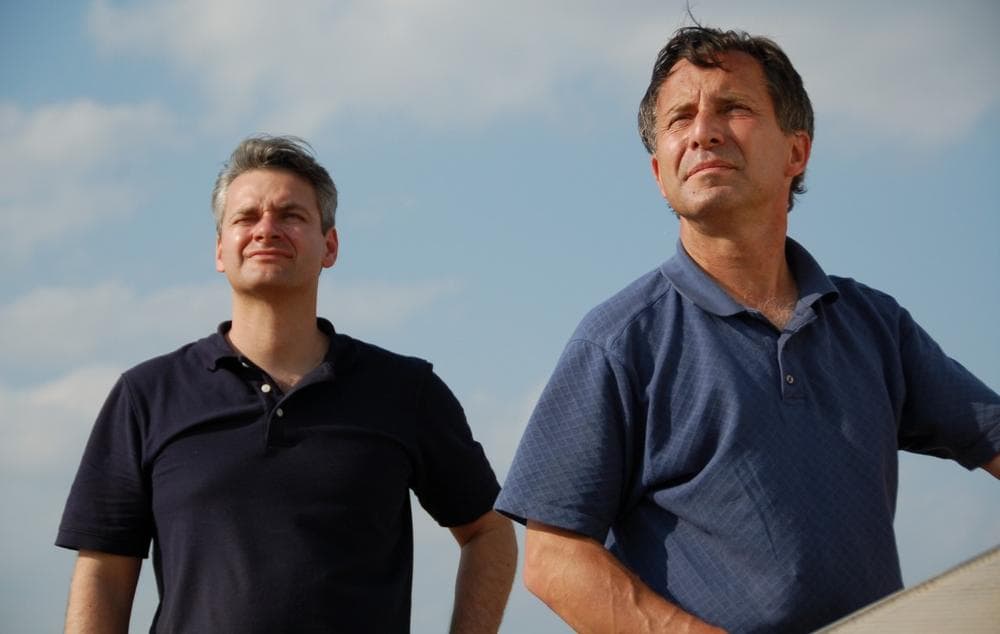Advertisement
Three 'Storm Chasers' Killed In Tornado
Resume
Thirteen people died in the tornadoes that tore through Oklahoma on Friday night, including veteran storm chaser Tim Samaras, his son Paul and their colleague Carl Young.
Samaras was a storm scientist and founder of the TWISTEX storm tracking system. He was also one of the stars of the Discovery Channel show "Storm Chasers."
"He has been one of the first people to use miniaturized portable instruments to be placed in the path of tornadoes," University of Oklahoma meteorology professor Howard Bluestein told Here & Now's Meghna Chakrabarti, noting that he's known Samaras for 15 to 20 years.
"Probably 90 percent of the people who are out storm chasing are amateurs who are out there just for the thrill of it."
Howard Bluestein
While storm chasers are often denigrated as reckless thrill-seekers, many storm chasers provide valuable information for meteorological and scientific research.
"We're trying to understand what the structure and behavior of tornadoes is," Bluestein said. "We'd like to find out why it is that some storms produce tornadoes and others don't. If you want to make measurements in them, you want to leave an instrument package in their path, you need to get relatively close and then get out of the way."
One growing hazard to professional storm chasers is the prevalence of amateur storm chasers, Bluestein said.
"Probably 90 percent of the people who are out storm chasing are amateurs who are out there just for the thrill of it," Bluestein said. "This sometimes poses a problem for those of us who are trying to make measurements with instruments. We encounter traffic jams. We are out on very poor rural roads sometimes, which sometimes can be jammed with dozens and dozens of cars."
Amateur storm chasers who post photos and videos of tornadoes online can be useful to the scientists though.
"The people who are out collecting data for scientific purposes can't be everywhere all the time. The amateurs can be scattered over a pretty broad area, and just receiving confirmation that there is a tornado in a certain area, getting a picture — if the [National] Weather Service sees that, that's valuable information, because the Weather Service can then go out and issue a warning," Bluestein said.
Guest:
- Howard Bluestein, professor of meteorology, University of Oklahoma.
This segment aired on June 3, 2013.
